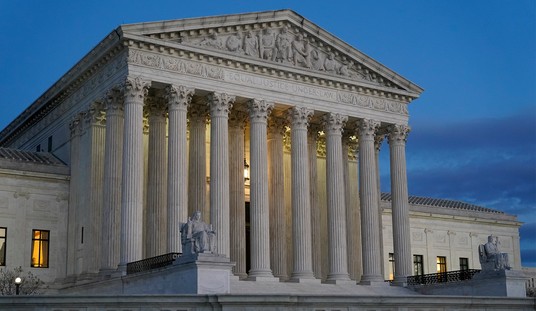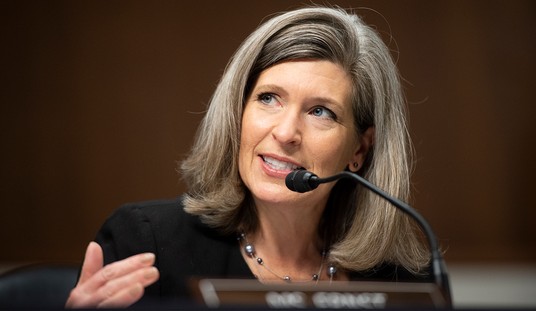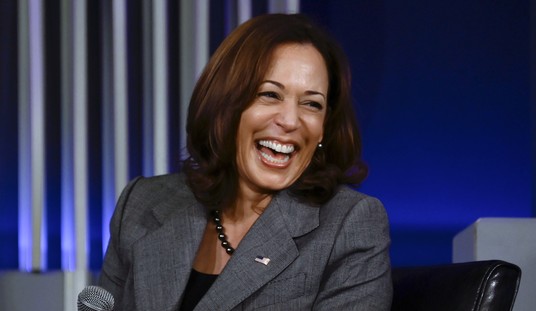A week and a half ago, the House Committee on Veterans’ Affairs held a hearing to discuss, analyze, and strengthen programs and methods dedicated to preventing veteran suicides.
Unfortunately, the hearing was held on the same day Christine Blasey Ford and Brett Kavanaugh testified in front of Congress, and so it tragically did not receive much attention — despite the fact that the Department of Veterans Affairs recently released a report showing there has been an increase in suicides among young veterans.
According to the VA’s report, in 2015 the rate of suicide was 40.4 for every 100,000 veterans between the ages of 18 and 34 years old; in 2016, that number increased to 45 for every 100,000.
Veterans and service members in general have a higher rate of suicide than the civilian U.S. population.
The House Committee is chaired by Representative Phil Roe, M.D. (R-TN), who began the hearing by listing the disturbing statistics regarding veterans suicides and questioning the systems currently in place:
Most of us have heard VA’s staggering and heartbreaking statistic that every day, twenty veterans end their own lives.
Twenty.
We also know that over the past several years VA has invested significant resources towards addressing that number which stubbornly has not changed.
We know from VA’s testimony that fourteen of those twenty veterans have not sought medical care at VA – meaning that only 30% of veterans who commit suicide have been to a VA campus for an appointment. Significant resources have been put toward outreach as well.
These numbers leave me with a lot of questions – ones which I hope to find answers to today. What did these veterans, men and women who reached an appalling level of crisis, find lacking when they sought VA healthcare or what prevented them from seeking mental health services from VA in the first place?
Roe then laid out the focus of the hearing:
Today’s conversation should primarily revolve around the root causes of veterans’ suicide, identifying those at risk for suicide, recognizing the unique barriers that certain veteran populations face, and tying all of that to advancing the innovative approaches that offer the promise of preventing suicide among veterans.
One of the organizations that provided a statement for the record was the Iraq and Afghanistan Veterans of America organization. One week after the hearing, members of the organization placed more than 5,000 flags along D.C.’s National Mall, in remembrance of veterans who have committed suicide.
Our National Mall Activation around Veteran Suicide is underway. Volunteers, allies, and Stormers from our Fall #StormTheHill are placing flags to remember the 5,520 veterans and military suicides to date. Check out photos throughout the day here –> https://t.co/a1X8tjQIly pic.twitter.com/D71LWi1imP
— IAVA (@iava) October 3, 2018
Each flag represented a veteran or service member who committed suicide in 2018 so far.
To contact the Veterans Crisis Line, please dial 1-800-273-8255 and press 1; text 838255; or visit VeteransCrisisLine.net.
The views expressed here are those of the author and do not represent those of any other individual or entity. Follow Sarah on Twitter: @sarahmquinlan.













Join the conversation as a VIP Member